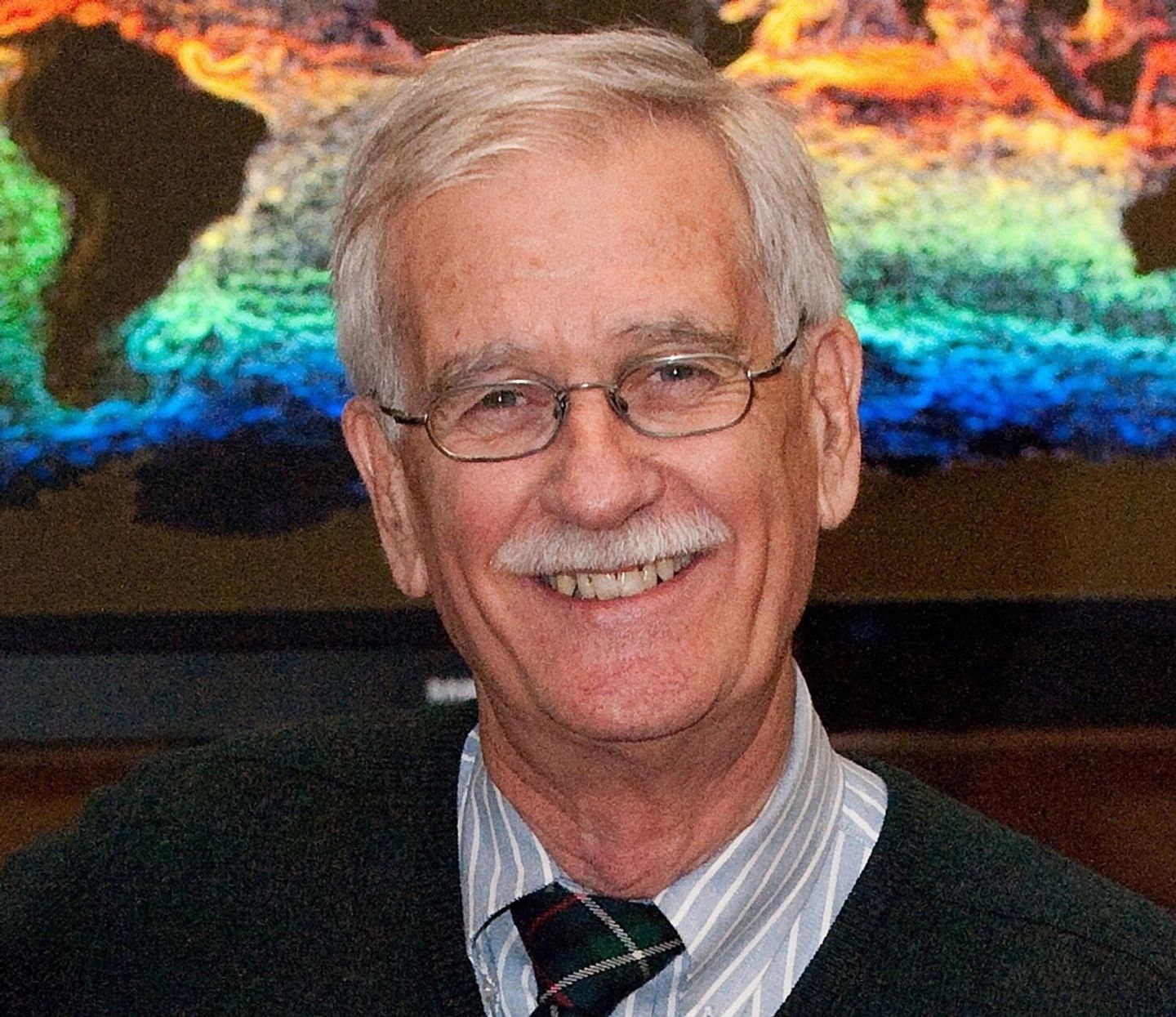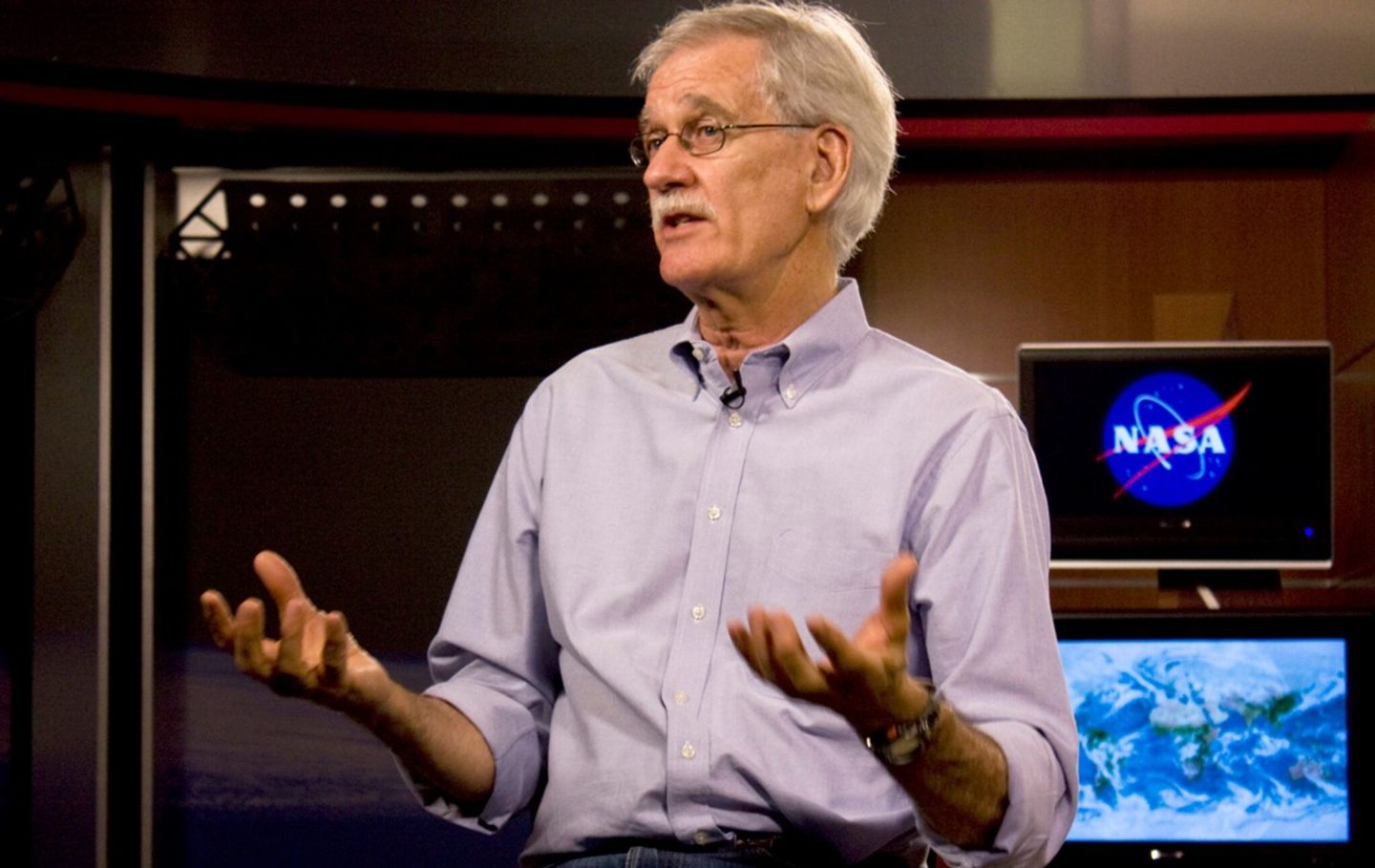Dr. Compton J. Tucker – a senior researcher at NASA’s Goddard Space Flight Center (GSFC) – joins 149 newly elected members to the National Academy of Sciences (NAS) – see Photo. Becoming a NAS member is one of the highest honors in American science. Compton gave a virtual presentation at GSFC on July 21, 2025, in which he showed highlights from his 50 years of research and reflected on the honor of being selected as an NAS fellow. He admitted that – despite his prestigious career – he was surprised upon learning of his election in April 2025 .
In some ways this award brings Compton’s career full circle. He first came to GSFC as a NAS postdoc in 1975 after having earned his Bachelor’s of Science degree at Colorado State University (CSU) in 1969. He followed with his Master’s of Science degree and Ph.D. from CSU’s College of Forestry in 1973 and 1975 respectively. For his MS and Ph.D. degrees, he studied spectroscopy of grassland vegetation with the National Science Foundation's Grassland Biome. Two years later, he joined NASA as a civil servant. After a prestigious 48 years of public service, Compton decided to retire in March 2025.
Compton is a well-known pioneer in the field of satellite-based environmental analysis, using data from various U.S. Geological Survey–NASA Landsat missions and from the National Oceanographic and Atmospheric Administration’s (NOAA) Advanced Very High Resolution Radiometer (AVHRR) instrument, the prototype of which launched aboard the Television Infrared Observation Satellite–N (TIROS-N) in 1978, with launches continuing on NOAA and European polar orbiting satellites throughout the next 40 years. The last two AVHRR instruments, which launched on the European Organisation for the Exploitation of Meteorological Satellites’ (EUMETSAT) Meteorological Operational satellites (METOP-B and -C) in 2012 and 2018 respectively, are still operational today.
In his GSFC presentation, Compton described how, in the course of doing their research, he and his colleagues realized the original plans for AVHRR resulted in Channel 1 and 2 overlapping one another – for reasons that weren't entirely clear to them. Based the spectrometer studies done during his graduate work, he knew, and could show, that the first AVHRR channel should not overlap with the second channel (near-infrared). Restricting the AVHRR’s first channel to the upper part of the visible spectrum enabled the calculation of the normalized difference vegetation index (NDVI) – which is a ratio of visible to near-infrared light that is used to measure of the photosynthetic capacity of vegetation – from the NOAA-series of polar-orbiting meteorological satellites starting with NOAA-7 in July 1981. In short, Tucker explained during the presentation that his input helped persuade NOAA management to change the design for Channel 1 of AVHRR – beginning with NOAA-7. It is fair to say that this change had a lasting impact, with 16 more AVHRR instruments (with slight modifications over time) launched over the next four decades. AVHRR was the precursor and impetus of the Moderate Resolution Imaging Spectroradiometer (MODIS) that flies on NASA’s Terra and Aqua platforms and has been the “workhorse” instrument of NASA’s Earth Observing System.
Compton’s research has focused on global photosynthesis on land (e.g., grass-dominated savannas), determined land cover (i.e., forest fragmentation, deforestation, and forest condition), monitored droughts and food security, and evaluated ecologically coupled disease outbreaks. From 2005 to 2010, he was the co-chair of two Interagency Working Groups for Observations and Land Use and Land Cover Change. Compton was active in NASA’s Space Archaeology Program, participating in ground-based radar and magnetic surveys in Turkey, particularly at Troy, the Granicus River Valley, and Gordion. Over the course of his 50-year career, he has authored or co-authored more than 240 scholarly articles that have appeared in scientific journals – and in his presentation he hinted that more might be in store after retirement. Tucker continues to contribute to ecosystem science. He was lead author of a recent study, which was featured on the cover of the March 2023 issue of Nature, in which he and his colleagues mapped over 10 billion trees in the dry regions of Africa, measuring how much carbon they store in their roots, wood and foliage.
Compton has received numerous scientific awards and honors. He was elected to be a fellow of the American Geophysical Union in 2009 and to the American Association for the Advancement of Science in 2015. He received the Senior Executive Service Presidential Rank Award for Meritorious Service (2017), the Vega Medal from the Swedish Society of Anthropology and Geography (2014), the Galathea Medal from the Royal Danish Geographical Society (2004), the William T. Pecora Award from the U.S. Geological Survey (1997), the Michael Collins Trophy for Current Achievement from the National Air and Space Museum (1993), the Henry Shaw Medal from the Missouri Botanical Garden (1992), and the Exceptional Scientific Achievement Medal from NASA (1987).
Compton enjoyed sharing his knowledge with the next generation of scientists. He served as an adjunct professor at the University of Maryland (1994–2024) and a consulting scholar at the University of Pennsylvania Museum of Archeology and Anthropology (2005–2024).
Reflecting on his time at NASA, Compton said, “I came to NASA/GSFC with the right background at the right time. It was a wonderful place to work as a scientist that provided many opportunities. Many colleagues have contributed to my successes and I thank them all.”
Congratulations to Compton on earning this prestigious – and well-earned – recognition from the NAS. Best wishes to him in whatever is next on his journey.
The National Academy of Sciences is a private, nonprofit institution that was established under a congressional charter signed by President Abraham Lincoln in 1863. It recognizes achievement in science by election to membership, and – with the National Academy of Engineering and the National Academy of Medicine – provides science, engineering, and health policy advice to the federal government and other organizations.






























